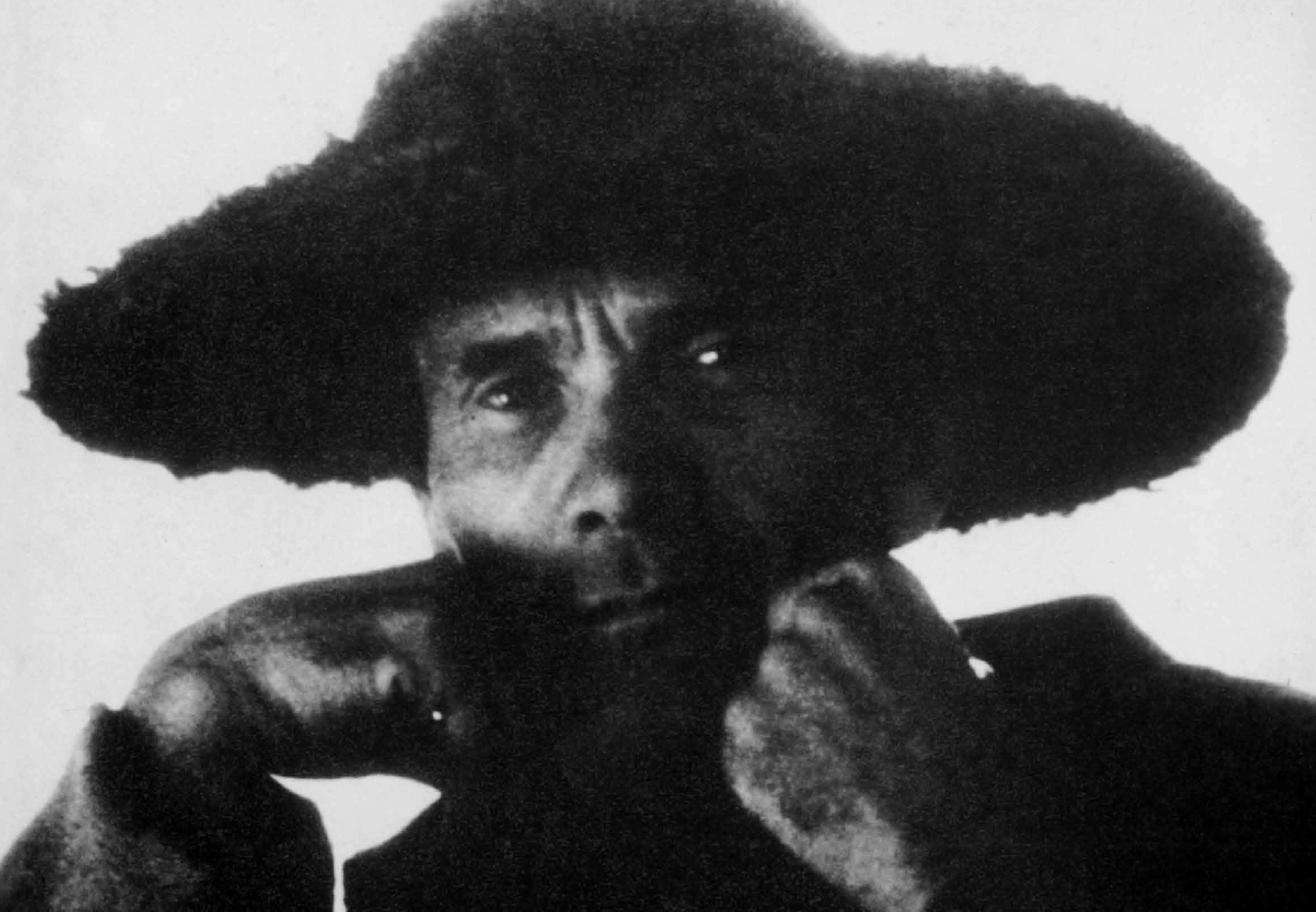#pasolinisbodiesandplaces
H20:30-23:30
Via Cadore / Via Liguria 20
H20:30-23:30
Via Cadore / Via Liguria 20
Pier Paolo Pasolini: bodies and places
On the occasion of the 100th anniversary of Pier Paolo Pasolini’s birth, Istituto Svizzero pays tribute with a projection on the external walls of Villa Maraini (headquarters of Istituto Svizzero) of some pages from the book ‘Pier Paolo Pasolini: corpi e luoghi’ (Theorema in 1981) by Michele Mancini and Giuseppe Perrella.
The installation is conceived by Benedikt Reichenbach and will be visible in via Cadore on the 27th of October from H20:30 to H23:30, with drinks being served in via Liguria 20.
Copies of the book will be available to purchase on site thanks to Leporello bookstore.
The installation is realised in collaboration with Hotel W Rome and will be available to visit in conjuction with the opening of Pier Paolo Pasolini. TUTTO È SANTO – Il corpo veggente at Gallerie Nazionali di Arte Antica – Palazzo Barberini.
Pier Paolo Pasolini. Tutto è Santo is a major exhibition project coordinated and shared by Azienda Speciale Palaexpo di Roma, Gallerie Nazionali di Arte Antica and MAXXI-Museo nazionale delle arti del XXI secolo, on the occasion of the 100th anniversary of Pier Paolo Pasolini’s birth.
___________________________________
In 1980 in Rome, a small cooperative around film critics Michele Mancini and Giuseppe Perrella produced a mysterious, elaborate and yet effortless looking 600-page book of almost 1800 black-and-white images entitled ‘Pier Paolo Pasolini: bodies and places’. The images were taken directly from a projection copy at the editing table, using a 35mm camera with a macro lense. Long forgotten and out of print, in 2017 an English facsimile re-edition ‘Pasolini’s bodies and places’ was published by Benedikt Reichenbach and Edition Patrick Frey.
Mancini and Perrella attempt to archive what they argue Pasolini did: to bring out, as they write, «that sort of unconscious, indiscernible code through which in daily life we operate and relate to the world», to «make visible a miscellany of aphasic and hidden practices, a ‘primitive’ realm normally concealed from our ‘enlightened’ societies». According to some reviews of the time «this is the most Pasolinian publication to date» (Alberto Farassino), «an indispensable tool for future research» (Tullio Kezich), «not just an illustrated book but a unique model of critique» (Adriano Aprà).
A few years after his sudden death, the volume was a gigantic effort to make his films accessible beyond the movie theatre, and to give access to Pasolini without turning him into a monument of this or that kind. The occasion at Istituto Svizzero also celebrates Lumina, a multimedia installation with the material from the book that Mancini and Perrella presented 40 years ago in Rome at the then abandoned Galleria Colonna (today Galleria Alberto Sordi) and elsewhere in Italy, Paris, and even Berlin.
In keeping with the great filmmaker’s credo, to take the material where it wants to go, #pasolinisbodiesandplaces pursues the magical and also global quality of both book and films. In 2022, as our ability to identify is being trained all too well with the slightest activity offline or online, masking the categories that were so important to build Corpi e luoghi in the first place seems like an adequate strategy. As already layed out in the original book, the grids of images speak by themselves and make us imagine a world beyond fixed identities.
Since 2018, the archives of Michele Mancini (manuscripts, notes, correspondence) are accessible at the library of the Centro Sperimentale di Cinematografia in Rome, waiting to be finally studied more closely.
— Benedikt Reichenbach

Pier Paolo Pasolini in the Giotto episode of his film 'Il Decamerone', in the role of the painter looking for faces to use in his work. From 'Pier Paolo Pasolini: Corpi e luoghi'